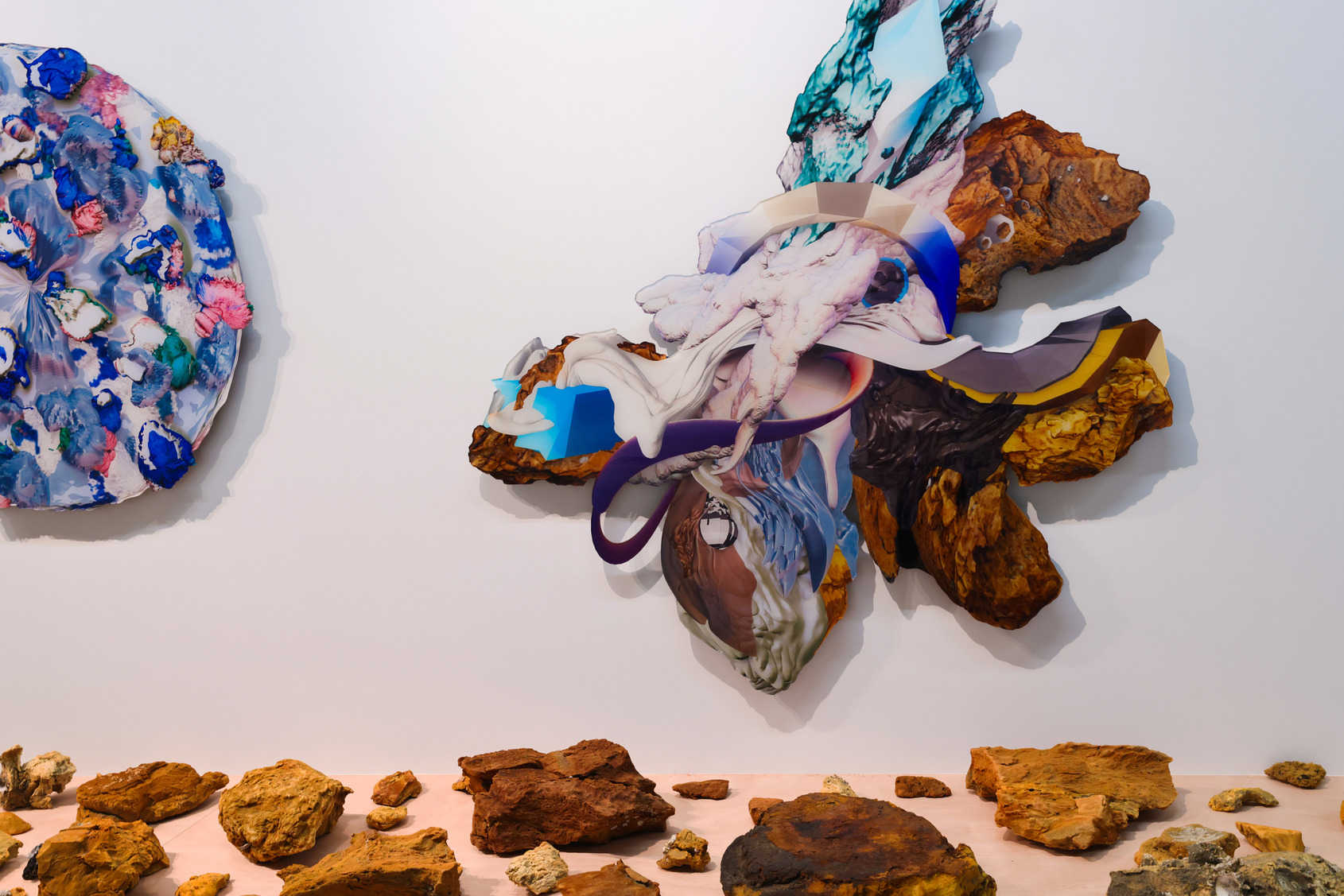
This is a rehearsal for a play called "Future." Instead of knocking at our doors unexpectedly, the future is in a continuous causal linkage with the current existence of humankind. The future has already arrived, while its final appearance continues to evolve concerning the variables of the current moment. Only through endless rehearsals of the future once and again will everyone realize that the future has already become the new landscape of reality.
COVID-19 is a significant infectious disease of this century. We thought it would end soon, and people's lives were about to return to normal, but things did not come out as planned. As a result, life began to change due to forced social distancing. Dwelling, the shelter we call "home," may be the most familiar physical space for most people in the past two years. However, is it safe to stay at home?1 “It‘s generally thought that air conditioning systems brought spores into the home. The ventilation shafts and plumbing networks produced a new proximity between organism and host, logistically more perfect than anything nature had provisioned."
Undoubtedly, human beings transform nature into a domesticated environment through the power of technology that the modern domestic space emerges from the surface of history. In today's highly developed capitalist society, the high-tech, dust-free and sterile family has become a model of an ideal home environment. As a private sphere that people desire, the domestic space almost becomes a refuge from our survival crisis. However, when the new coronavirus broke out, we still needed to turn off the central air-conditioning system.
Looking back at human history, whenever a significant epidemic occurs, the upgrade of technology and its performance will affect the next generation's lifestyle. In a feature article in New Yorker, "How the New Coronavirus Will Reshape Buildings."2 , it mentions that the development of modern architecture reflects human’s fear of disease. The spacious white walls, the bare floors, and clean metal fittings seem to be the epitome of hospitals. Paimio Sanatorium, explicitly designed for tuberculosis patients by modernist Finnish architect Alvar Aalto, considers the patient’s symptoms and recovery process. It paints a calm color on the ceiling, places the light source out of the patient’s sightline, and directs the heating towards the patient’s feet. In addition, Le Corbusier lifted his house above the wet ground to avoid pollution. At the same time, the square Villa Müller designed by Adolf Loos in Prague in 1930 included a separate space to isolate sick children.
At this moment, since the threat to the survival of humankind has not been eased, what kind of images do we have for the future residence? Is it to strengthen the defense against germs' invasion or establish a space for belief and pray to God for good health? These ideas all lead to the relationship between humans and nature. This is the first issue raised in the exhibition. We propose to re-examine the human-centered ideology. Under the current crisis, most people still hold an attitude of isolation from the virus. However, the outbreak of the disease may only be the manifestation of the self-regulation mechanism of nature. When these species endanger the survival of humankind, instead of adhering to anthropocentrism, we must urgently envision a scene of dancing and symbiosis with the nonhuman species in the future.
At the same time, the current epidemic has also foregrounded the interaction between humans and technology. Since we cannot travel freely, for the time being, the reliance on digital technology to obtain information from the outside world has been strengthened. Post-internet generation, big data, algorithms, facial recognition, surveillance capitalism, 5G, artificial intelligence, and other related topics have once again gone viral for discussion. In fact, the "intimate relationship" between humans and technical objects has long been mutually inclusive. Even the technical objects are not directly implanted in our bodies as an extension. They have changed the nature of life and our cognitive way of the world, making human beings Cyborg in a broader sense. As one of the most suitable future symbols, artificial intelligence may further illustrate the exchange of subject and object between humans and technology. Artificial intelligence was born at the Dartmouth Conference in 1956 and has gone through three waves of development so far. Occasionally, there will be a saying in society that "thinking robots will rule the human world." In the classic science fiction movie 2001: A Space Odyssey (1968), the artificial intelligence computer HAL9000 ended the lives of astronauts in hibernation, reflecting the collective scientific anxiety at that time. Relying on the massive amount of data accumulated on the Internet, the "deep learning" mechanism as the fuel for developing artificial intelligence represented by AlphaGo has caused panic that AI may replace humans at many levels. In the story setting of Ishiguro Kazuo’s new book Clara and the Sun, humans believe in the power of science. "Science has now undoubtedly proved that my daughter is not that unique. There is nothing that our modern tools cannot explore, copy and transform.”3 However, the ending of the story is that Artificial Friend, Clara demonstrates her strong faith in the ancient sun beliefs of humankind. It highlights the main theme of coordinating the opposition between science and mythical thinking in the book, providing an alternative interpretation of the relationship between humans and technology.
"The special nourishment that the Sun bestows on Josie is as effective as the one that spilled on the begging man. After the gloomy morning of that sky, she was not only getting better, but she also turned from a child to an adult."- Clara and The Sun, Kazuo Ishiguro.
Whether it is the anxiety caused by the pandemic or by technology, we are again called upon to reinvestigate our coping strategies for existential crises since ancient times. The mythical thoughts in ancient times testify how we cope with our existential anxiety when we can almost do nothing about the destructive power of nature but surreal imaginations. As Claude Levi-Strauss reminds us, mythical thought is not superstition. It is a pre-modern mental activity that seeks an orderly universe by arranging positions for all animate and inanimate things. Scientific thought coming out of the Enlightenment project, rather than a break from mythical thought, is a continuation of it in its pursuit of an orderly universe. However, replacing the mythical with the scientific seemingly gives us a sense of "progress." The new mechanism of scientific thought dominates the order of things and brings the progress doctrine. It transforms our temporal consciousness, opening up the horizon of the future. Therefore, our ongoing pursuit of the future always entails our everlasting fear and anxiety about nature's unfathomable power since ancient times.
Domestication refers to the process in which the growth and reproduction of one organism are gradually used and controlled by another organism, such as human cultivation of various crops, animal husbandry, and leaf-cutting ants domesticating fungi.
Rehearsing The Future takes a future ideal domestic setting as the performance scene. It invites ten artists to stage the interactive domestication, dominance, symbiosis, and exclusion of the "human-technology-nature." Among these three, no party dominated forever. In other words, the positions of the subject and the object are sometimes interchanged and sometimes overlapped. Maintaining liquidity is our second initiative.
Nile Koetting’s work Remain Calm: mobile+ combines installation and performance. Through a ritual performance, Koetting seeks to explore the increasingly popular digital technology and the daily life mode it dominates; whether humans control the situation or are dominated by technology. Wu Chuan Lun’s work Coast Mining collects the "minerals" (a polymer of wasted artificial petrochemical materials combined with oyster shells and sea sand) picked up from the sea and then 3D scanning, converting it into ‘digital minerals’ digital weathering it. From the collecting and refining process of raw materials, the continuous interaction of artificial and nature makes the final product difficult to be classified. This may be the appearance of future resources. Gary Zhexi Zhang's Parasite states that after being infected by unknown germs, humans have become a temporary symbiosis with the germs during the onset of the disease and further produces a beautiful sense of intimacy, calm, and joy.
The works of Liu Yu, aaajiao, and Lu Yang provide us with alternative views to the world dominated by modern science by putting in the knowledge system of myths, legends, and beliefs. In If Narratives become the Great Flood, Liu Yu adopted similar legends of the "Great Flood" in different cultures to explore how pre-modern humans use “storytelling” as a technology to balance the relationship between themselves and nature. Moreover, that kind of thinking still affects contemporary human society, even in the era of believing in science. In the game Deep Simulator, aaajiao uses the concept of "bardo state body"-the six stages between death and rebirth in Buddhism, to describe how the human identity gradually evolves in a virtual world driven by computational power. Lu Yang has been discussing the human body for many years, integrating the understanding of the flesh from different religions, animation, and brainology, and further creating a "new human" in his works that defy definition by existing types. The title of the work Dokusho Dokushi is taken from the Buddhist classics, Sutra of Immeasurable Life: "Human beings live in this world of love and desire. We are born alone, die alone; we come alone, go alone" means that each life faces life and death alone, and the same applies to the virtual world. In this way, the artist dismantles human beings' obsession with the material world through a transcendent concept.
Jake Elwes creates with AI programs and algorithms. In the Zizi Projects developed since 2019, he added many drag queens’ faces to facial recognition systems' training dataset frequently used, preventing artificial intelligence from falling into the hegemony of certain gender stereotypes in the initial learning process. In Zizi & Me—Anything You Can Do (I Can Do Better), AI and humans sing a duet of a Broadway song from 'Annie Get Your Gun' (1946.)4 The artist cleverly refers to the conflict between male and female in the song to the conflict between contemporary AI development and human society. Another work by Elwes, Dada da ta, relies on the power of technology and reveals the true face of a highly capitalized society through a "sound poem" composed of numbers. Kyle McDonald’s game piece Facework envisages that the "face work" became the latest gig economy in the future society. Derived from this is the issue of the global gig economy. The book Ghost Work: How to Stop Silicon Valley from Building a New Global Underclass by anthropologist Mary L. Gray and computer scientist Siddhartha Suri points out that behind the seemingly artificial intelligence and automation technology, the big enterprises, and high technology still requires labor cooperation from "Ghost Workers." While these laborers are hidden, they do not enjoy a guaranteed labor-employer contract, and their labor value is also wiped out. Faceworkers in McDonald's works provide their looks and expressions to companies and enterprises for use as data or products resting to earn a meager income. They tried to overthrow the platform that exploited the value of their labor and then created a new app where Face Workers made their own decisions. After the seemingly successful revolutionary actions, did Face Workers finally establish an independent and autonomous platform? The answer is up in the air.
Chou Yu-Cheng(周育正)'s work examines how the relationship between everyday objects and modernization affects our cognitive framework. Such as the correspondence between high-end cleaning household appliances and "hygiene" as the criterion for modernization. In addition, "hygiene" is a keyword in Chou Yu-Cheng's series. He hopes to explore further how to use "hygiene" as a concept to develop artistic expressions. Ana Prvački’s work Multimask (Mask Duet) serves as a real-time response to the "mask era" we are in. As personal narrative came to the fore and became an Aunt Sally of public opinion, how can we fully breathe, open our throats singing, and happily “connect with people” again when our mouth and nose belie danger?5
Ten scenes are scattered in this domestic/domesticated space and take turns to showcase alternately. Which show did you participate in? What role did you play? A new performance is about to be staged. In the original script, the plot began with the Fault of Epimetheus6, which caused humans to have congenital disabilities, and the desire to drink at the same table with the gods again constantly produced new desires and technology. Nowadays, modern technology is undergoing a vast transformation. Although the epidemic has temporarily stagnated the progress when it restarts faster after a short break, how can everyone deal with the struggle between the old and more new desires?
Footnote
1. Excerpt from Parasite (2018) by participating artist Gary Zhexi Zhang.
2. Kyle Chayka (2020). How Coronavirus Will Reshape Architecture. The New Yorker Website: https://www.newyorker.com/culture/dept-of-design/how-the-coronavirus-will-reshape-architecture
3. P256, Clara and The Sun, Kazuo Ishiguro (2021), translated by Lin Hong-Tou, published by Business Weekly Publication, Inc.
4. Anything You Can Do (I Can Do Better) is a Broadway song from Annie Get Your Gun (1946)。
5. This May, during the epidemic of COVID-19, the infected case in the Wanhua area of Taipei was suspected of spreading the disease through sexual intercourse with others. The Minister of Health and Welfare implicitly referred to the cause of infection as "person-to-person connection."
6. The principle Epimetheus is one of the three principles used by the French philosopher Bernard Stiegler to construct his philosophy of technology.
Exhibition view of “Rehearsing the Future.” Photo: ALIEN Art.
Exhibition viwe of Deep Simulator. Photo: ALIEN Art.
Lu Yang, DOKU_Hello World, 2021, Single-channel digital video, color, 3'26" Music: P*Light, Dance motion capture data: kEnkEn, Facial captured by FACEGOOD, Facial motion capture data: Dewa Putu Selamat Raharja, Tattoo by OSHIMA TAKU, Special thanks to: BM
Scene of Lu Yang, The Great Adventure of Material World (Game Film), 2019
Exhibition view of Mouthful (masked duet). Photo: ALIEN Art.
Partial close-up of Wu Chuan-Lun, Coast Mining—Digital Weathering X, Y, W, Q, I, O, H, 2014-2015
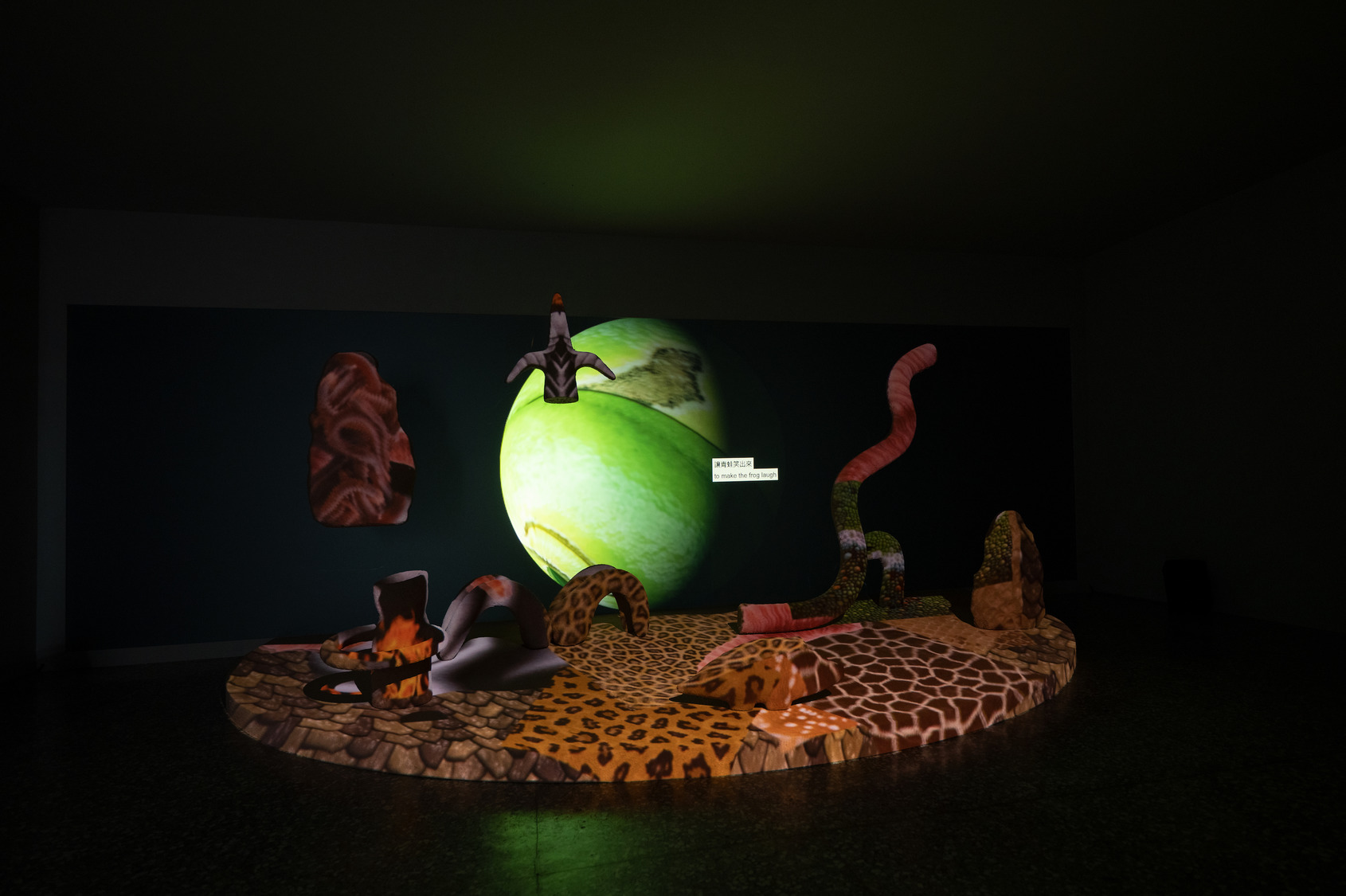
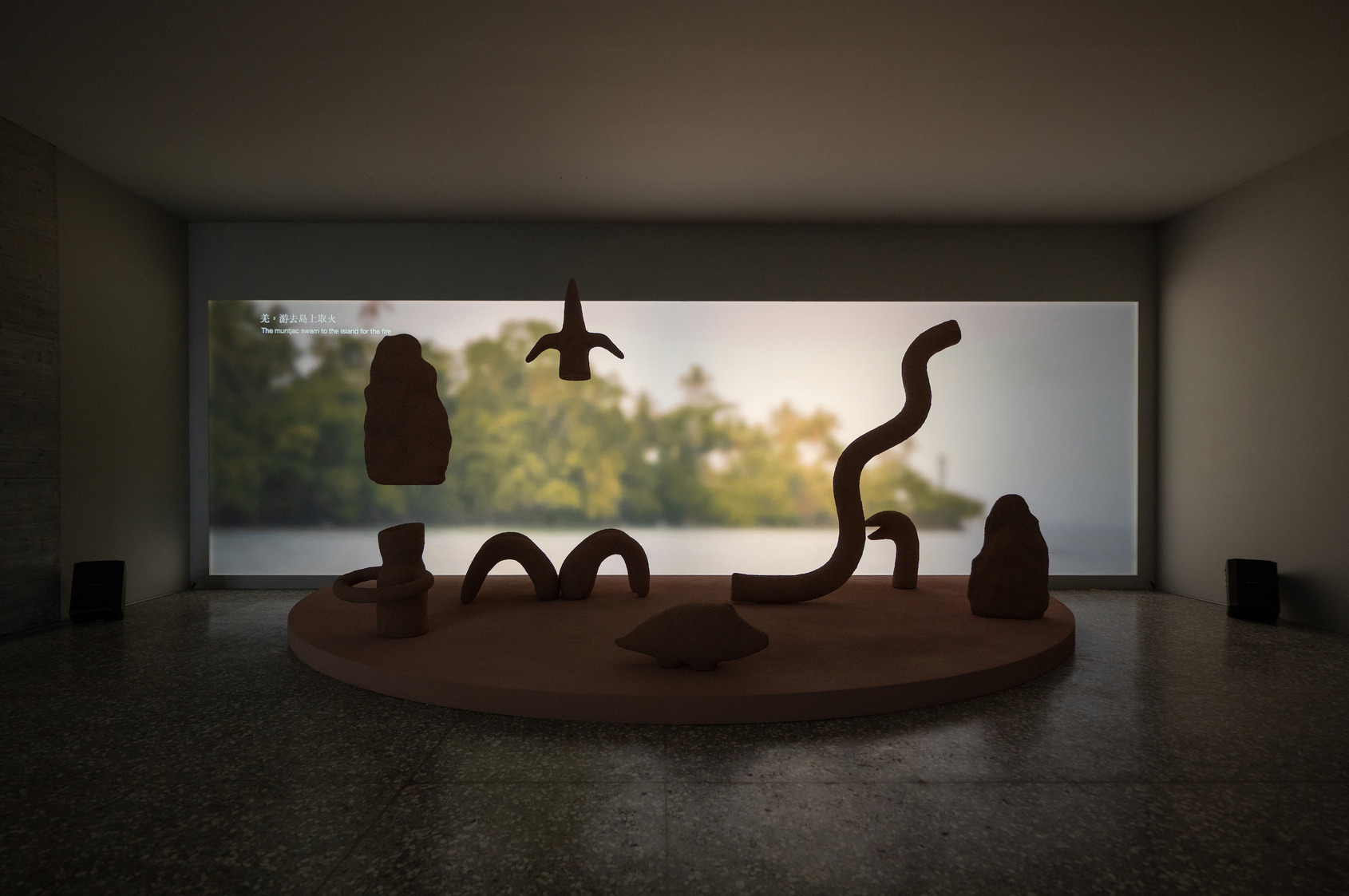
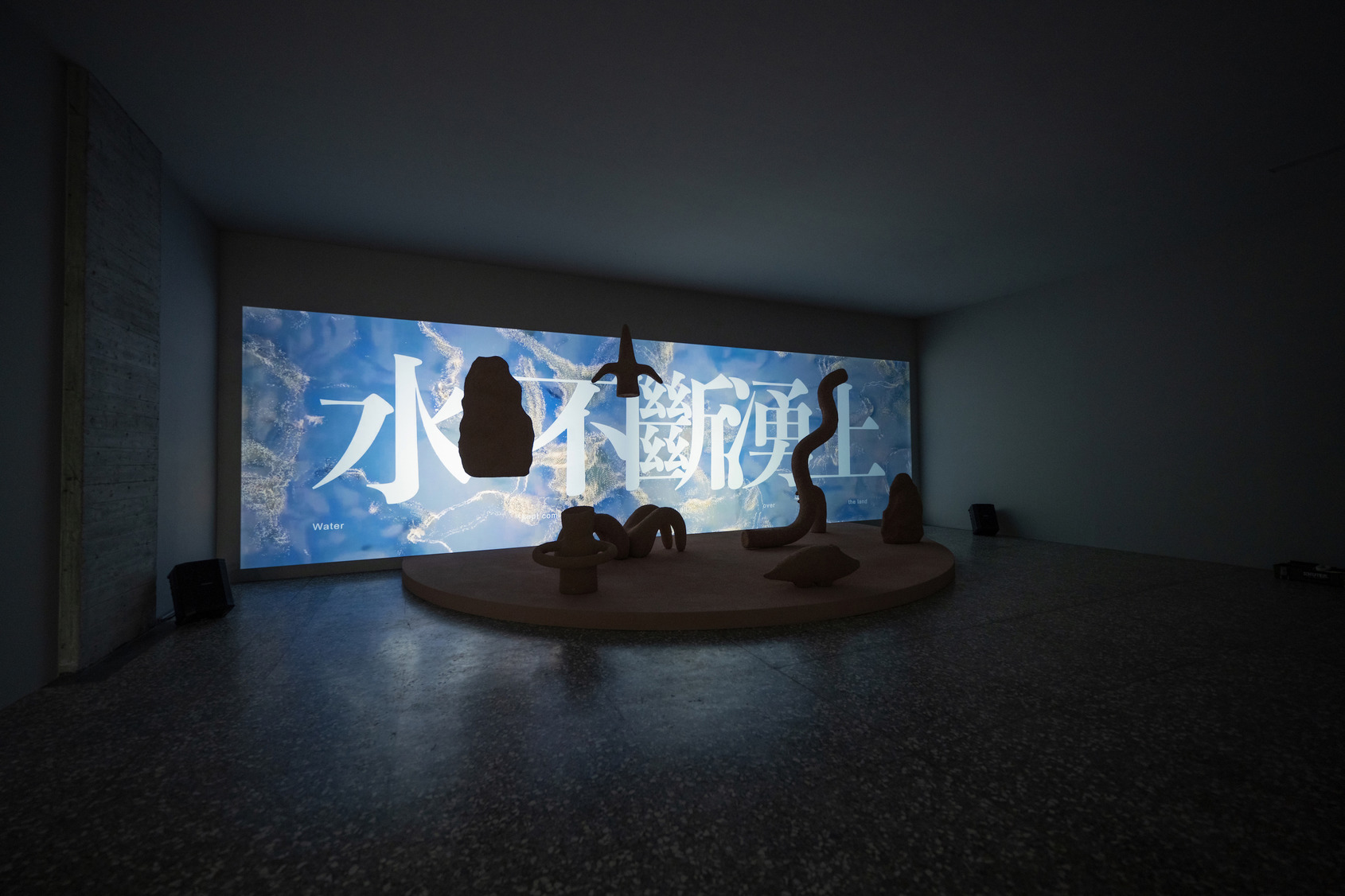
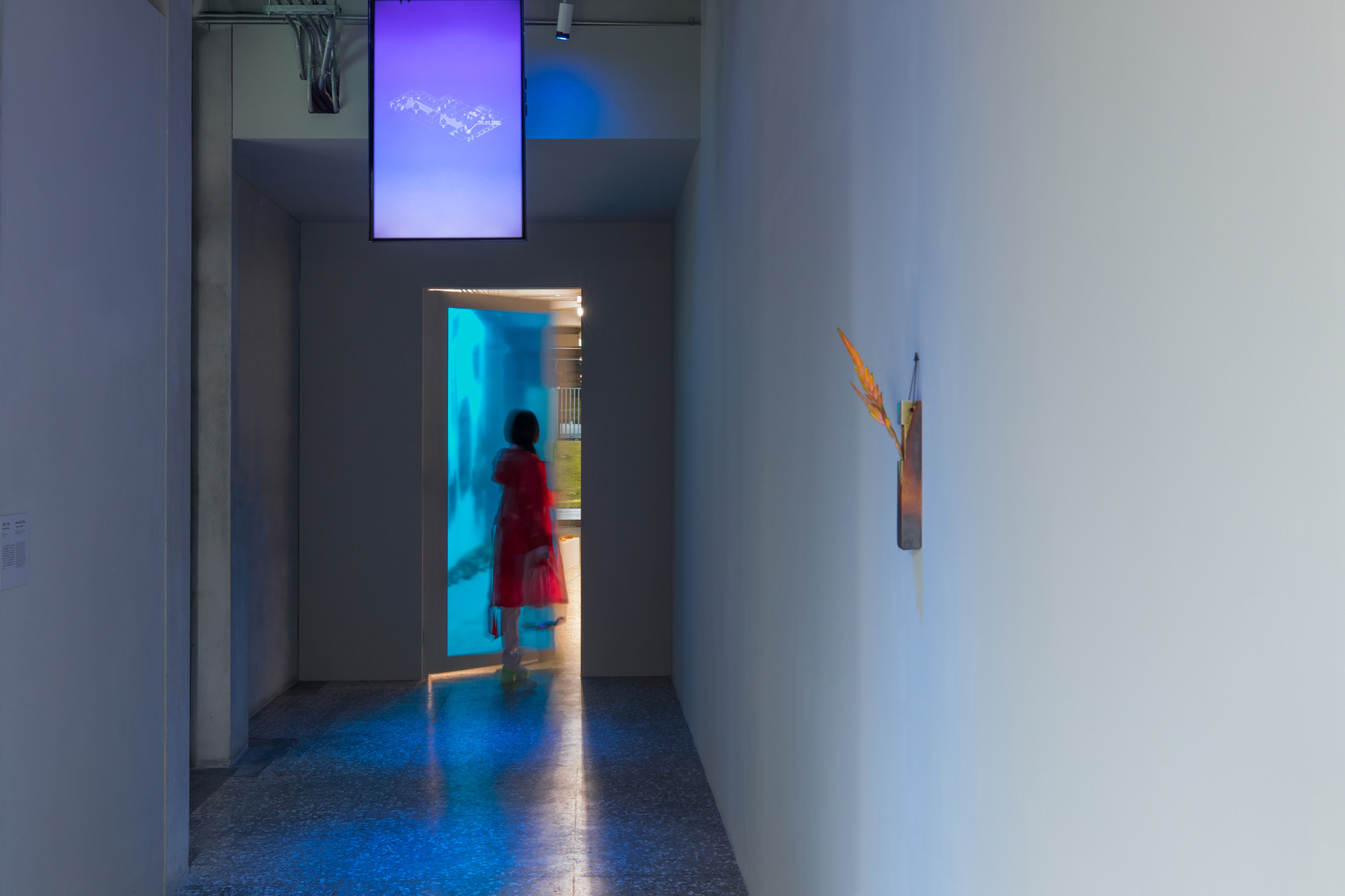
Exhibition view of “Rehearsing the Future.” Photo: ALIEN Art.
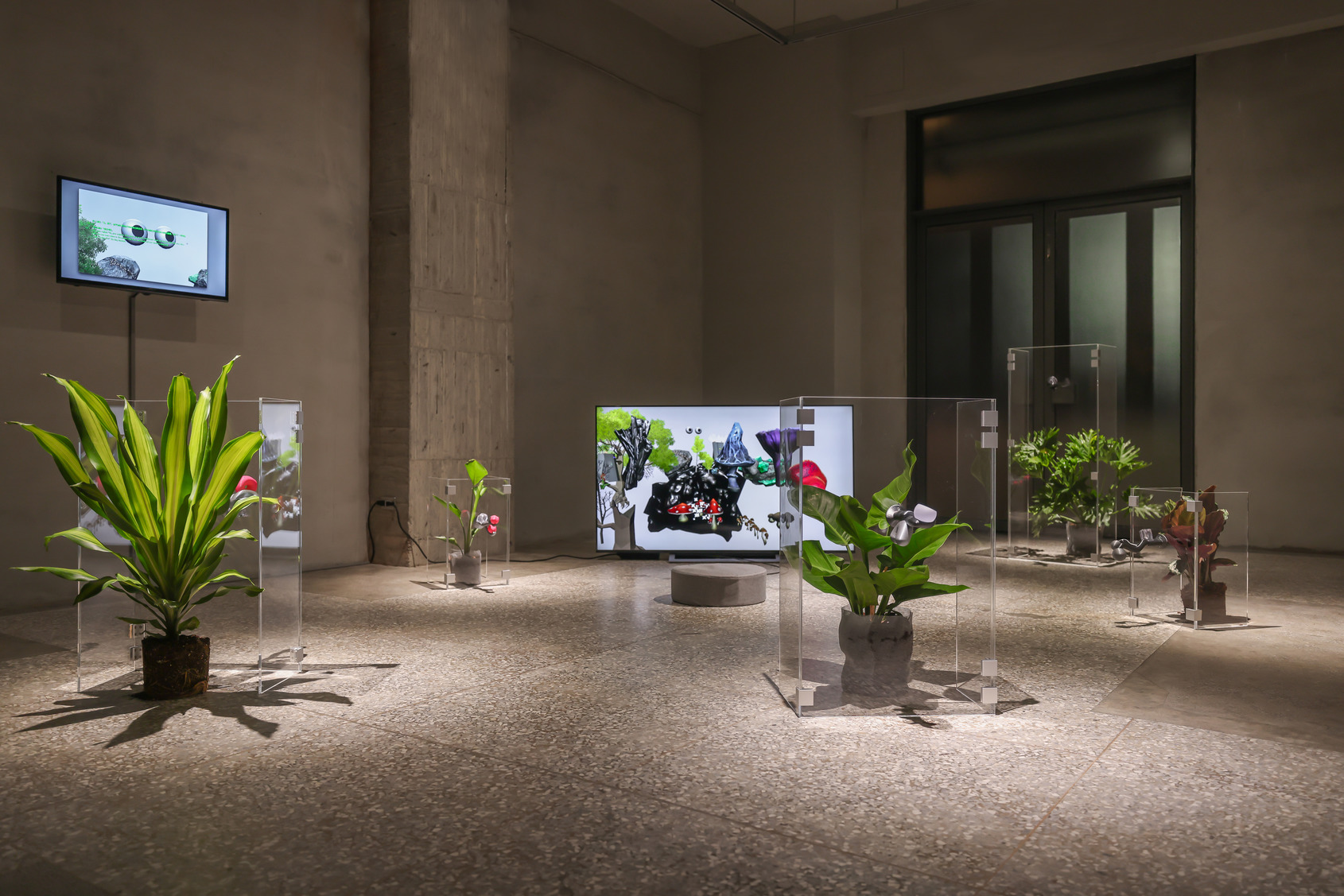
Exhibition viwe of Deep Simulator. Photo: ALIEN Art.
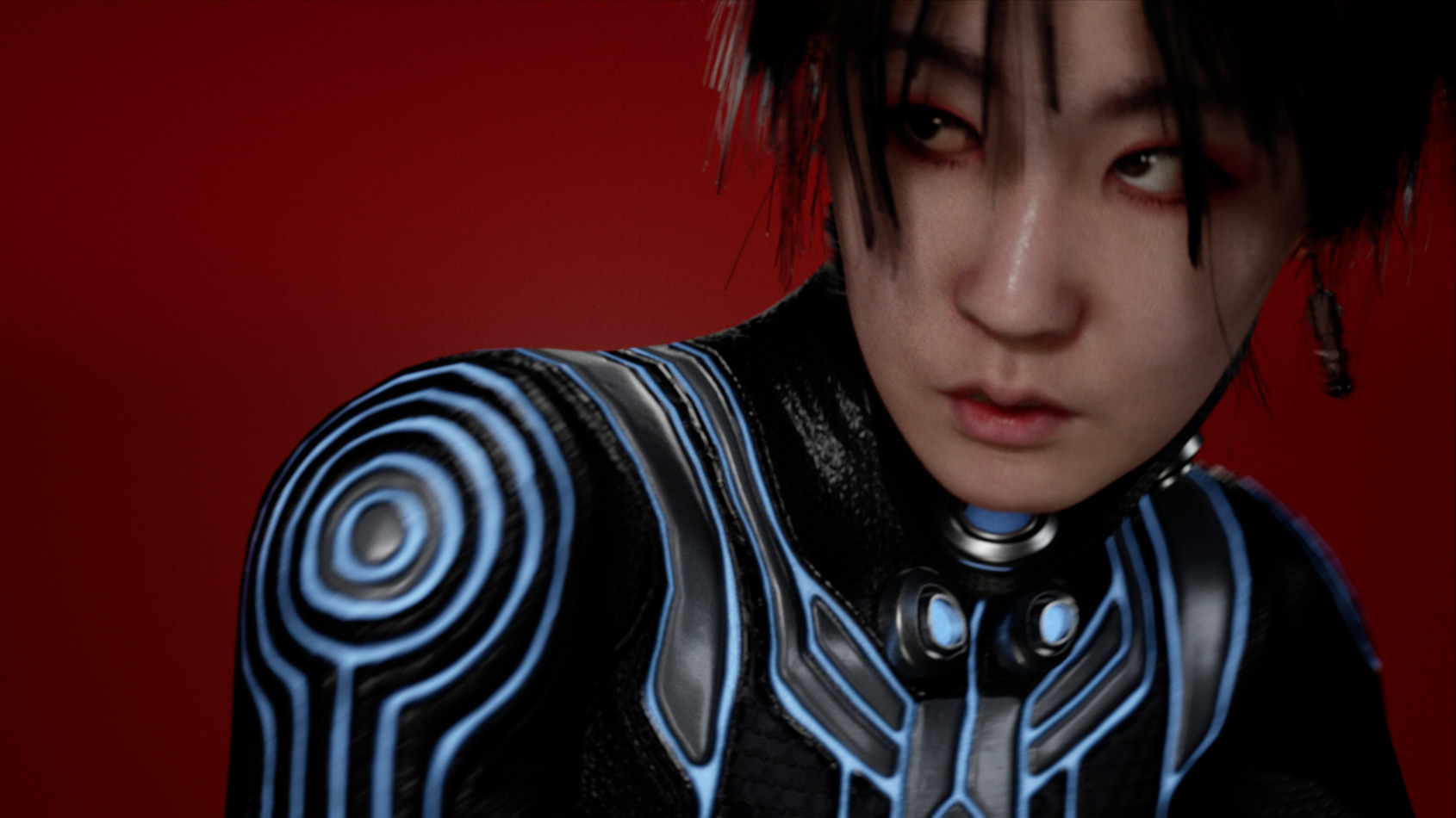
Lu Yang, DOKU_Hello World, 2021, Single-channel digital video, color, 3'26" Music: P*Light, Dance motion capture data: kEnkEn, Facial captured by FACEGOOD, Facial motion capture data: Dewa Putu Selamat Raharja, Tattoo by OSHIMA TAKU, Special thanks to: BM
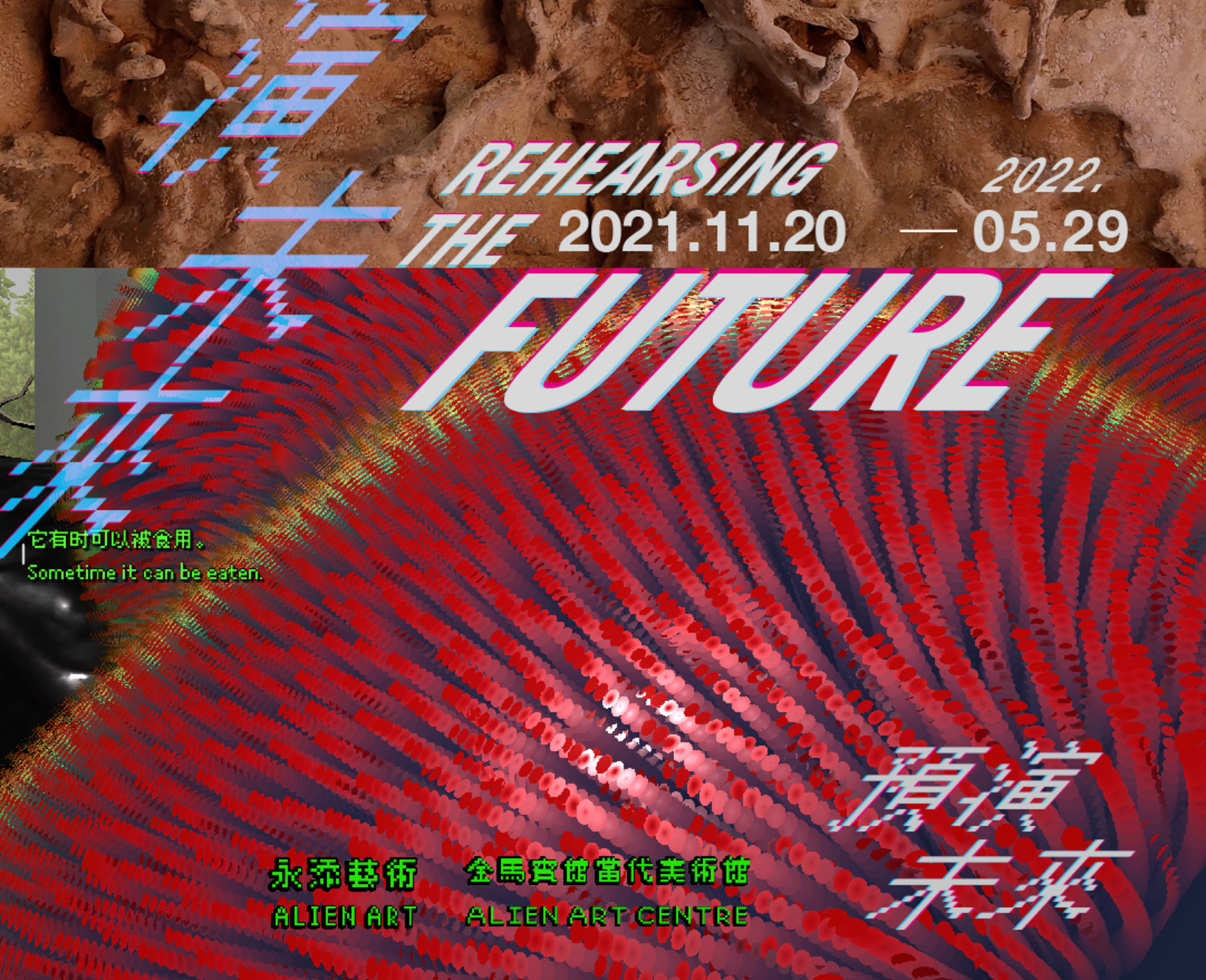
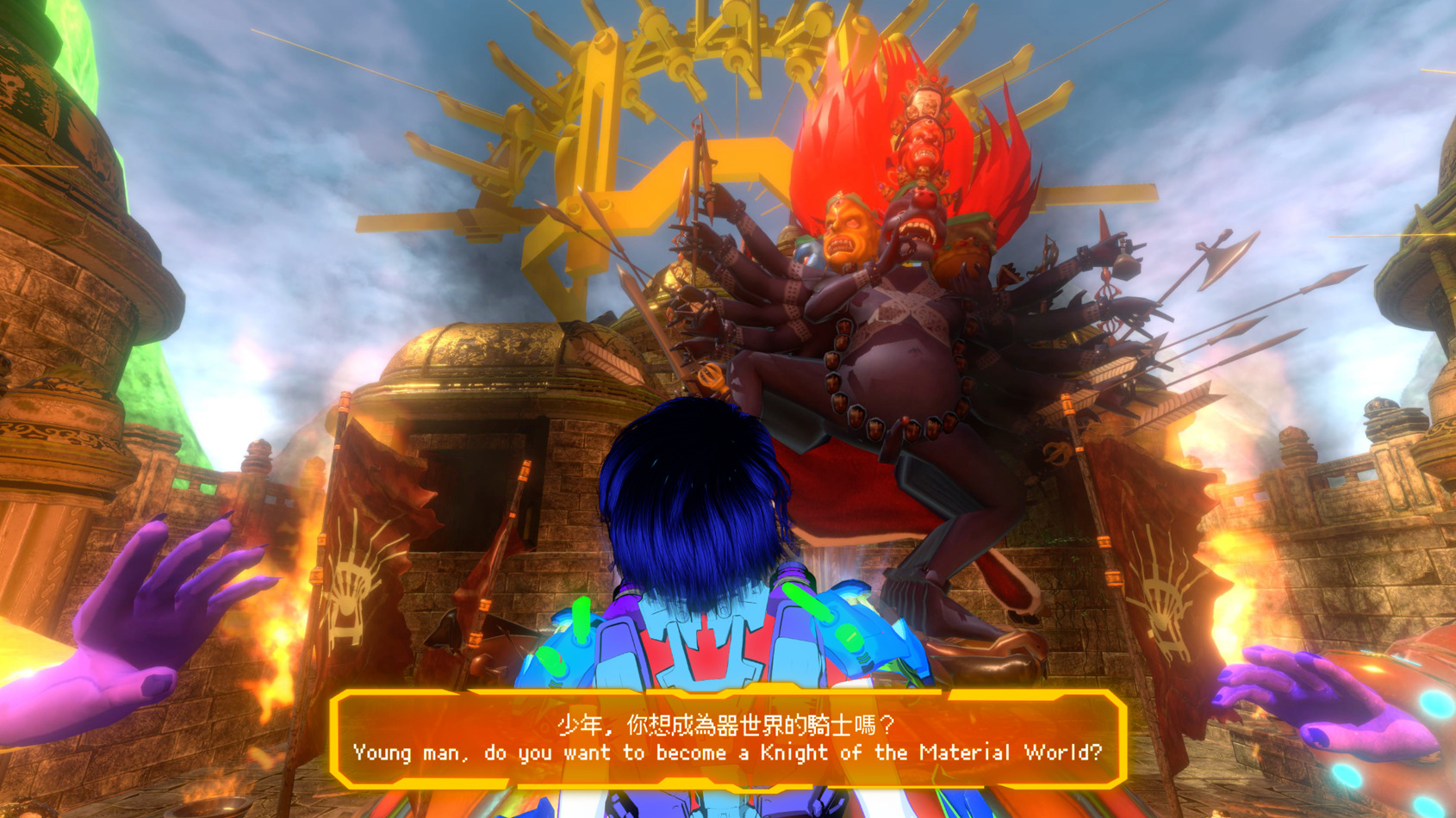
Scene of Lu Yang, The Great Adventure of Material World (Game Film), 2019
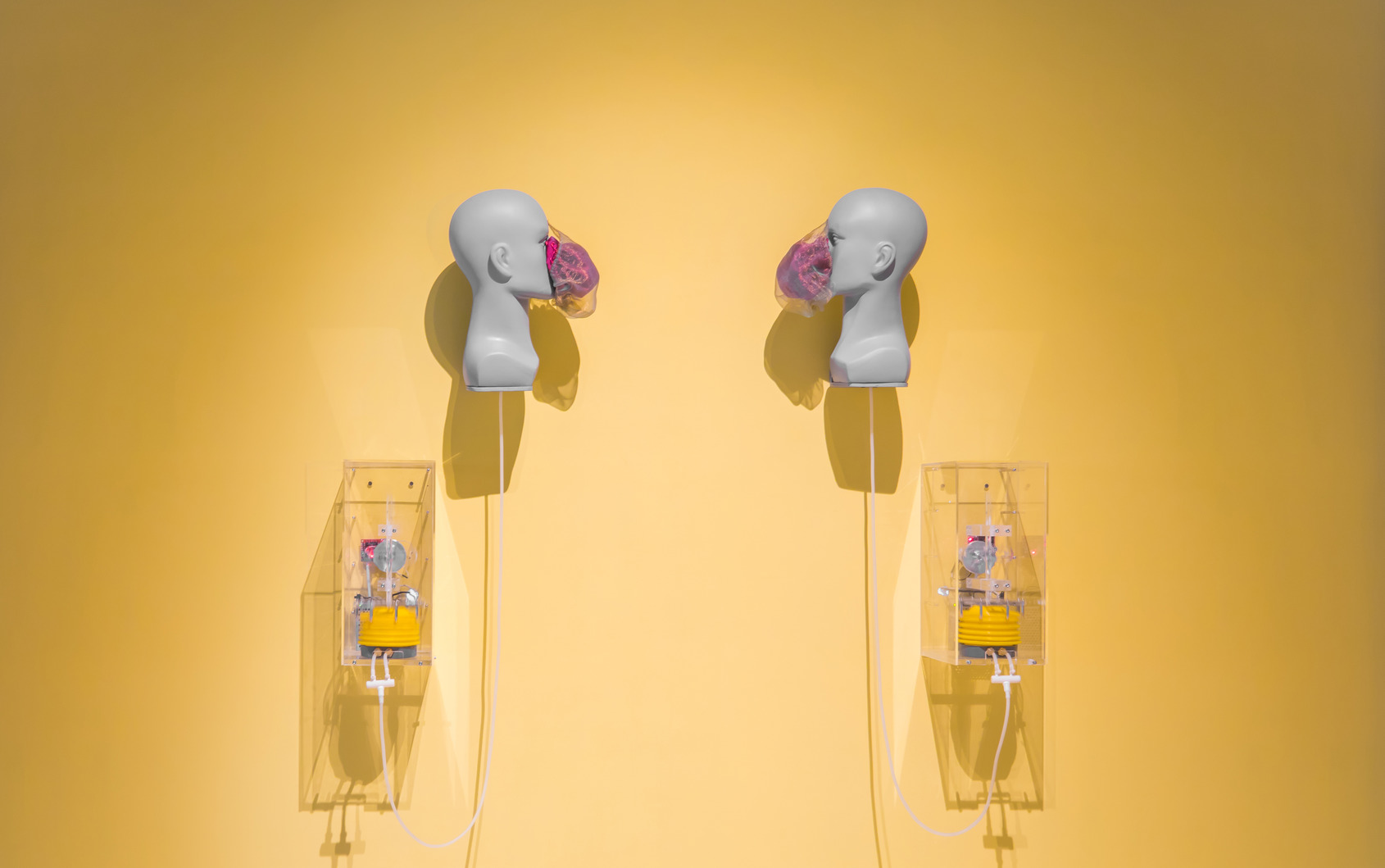
Exhibition view of Mouthful (masked duet). Photo: ALIEN Art.
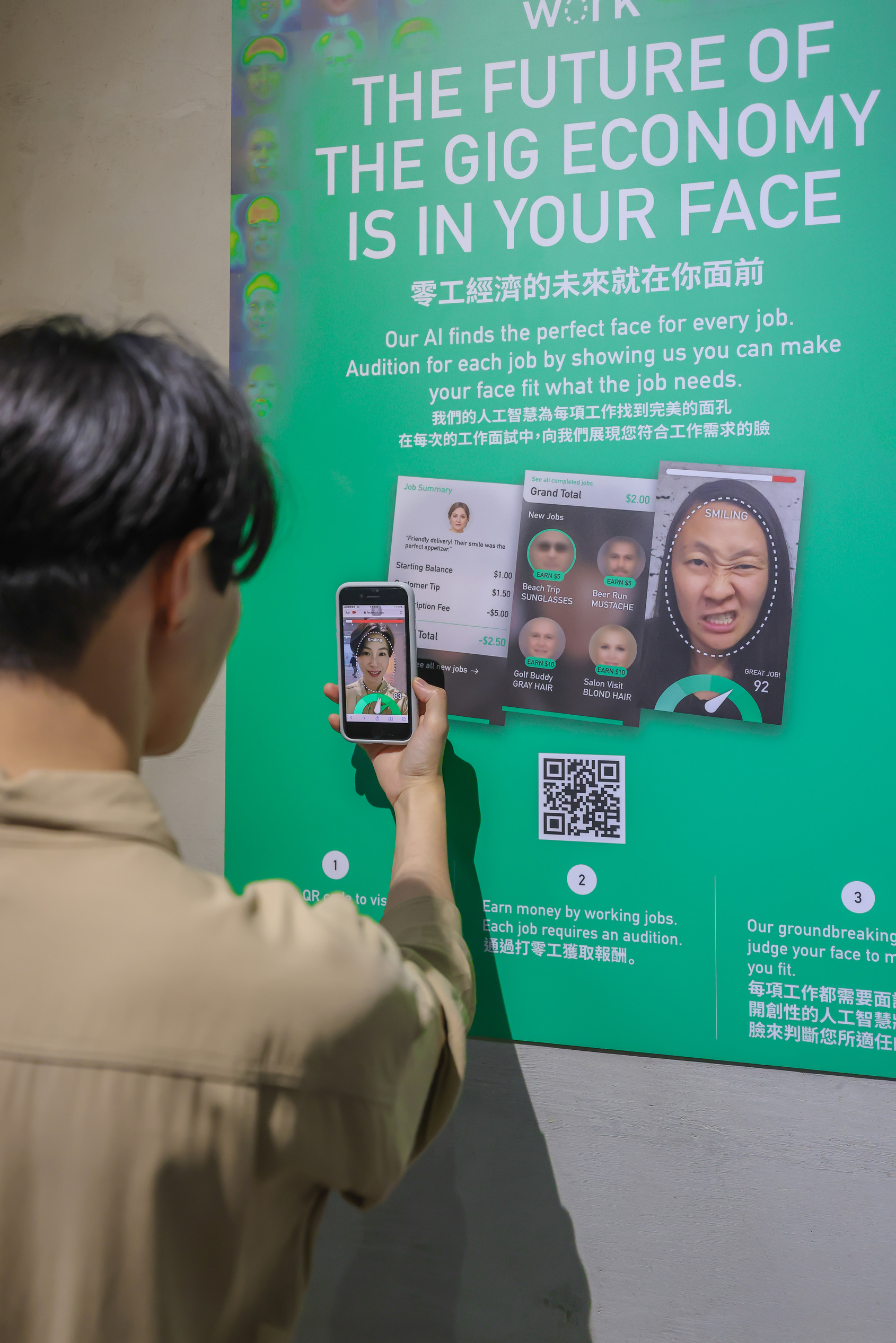
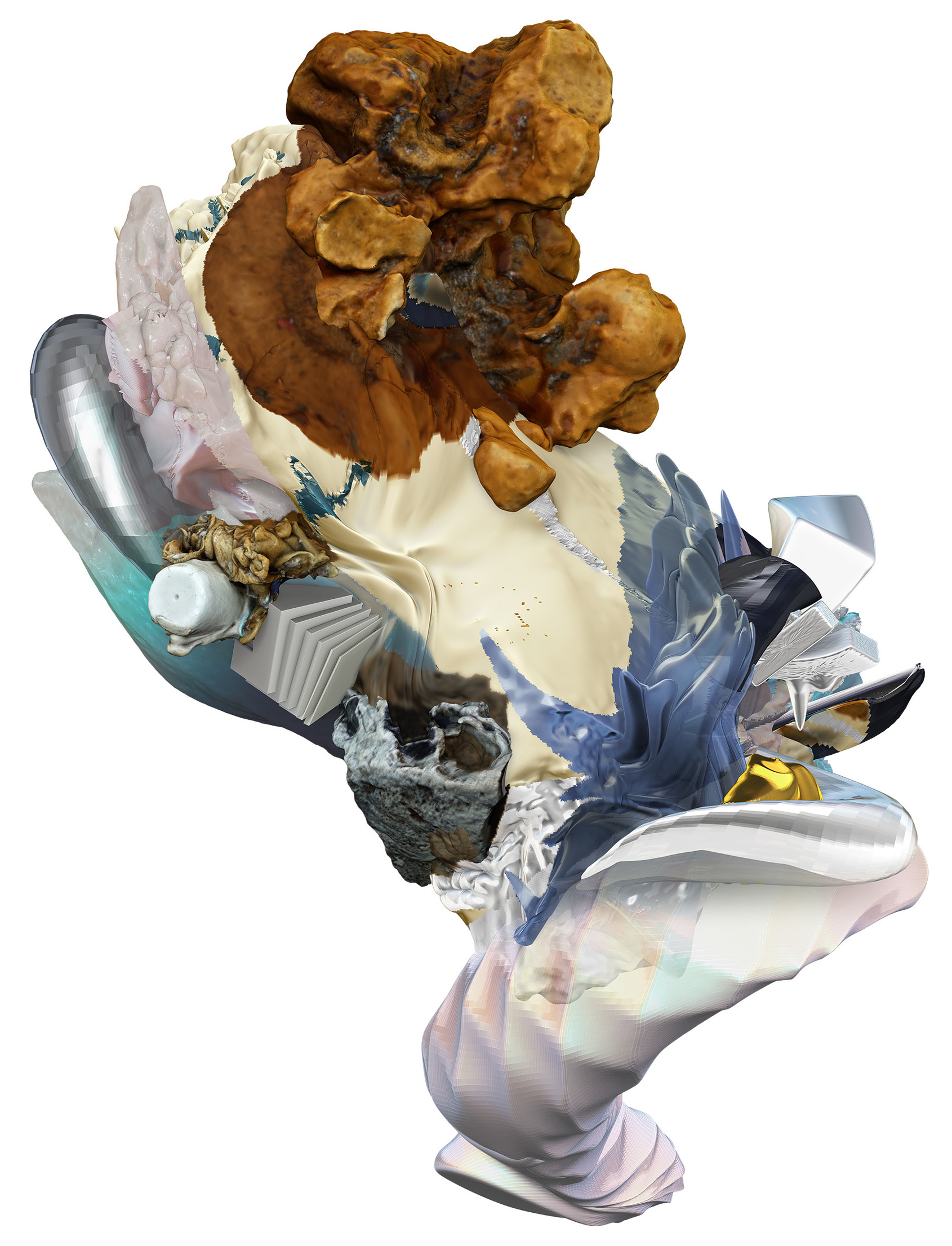
Partial close-up of Wu Chuan-Lun, Coast Mining—Digital Weathering X, Y, W, Q, I, O, H, 2014-2015
